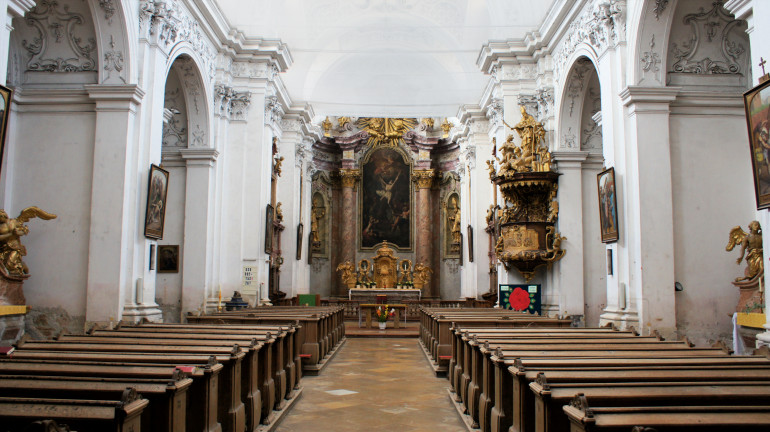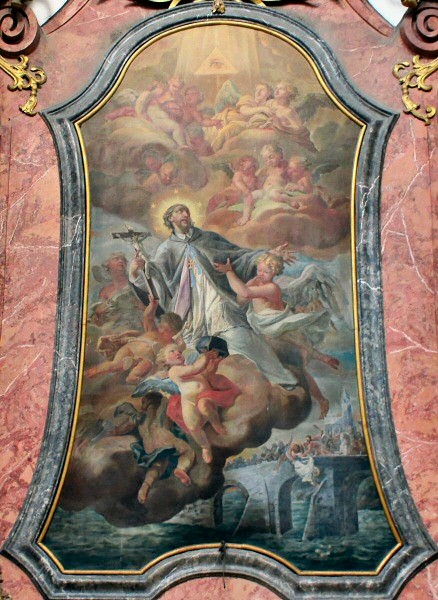The former Augustinian monastery of St. Andrä is located about three kilometres northeast of Herzogenburg in Lower Austria on the right bank of the Traisen. The monastery was founded around 1148 by Walterus from the family of the Lords of Traisma (=Traisen). It was built in place of an Andreas chapel and handed over to the Bishop of Passau.
The building was completed by the Bishop of Passau in 1160 and populated with Augustinian canons. Brother Gottschalk was appointed as the first provost. The canons were active in teaching and dedicated themselves to nursing after the establishment of a hospital.
The fate of the monastery was very changeable from the beginning. Famines, epidemics and conflagrations alternated with times of peace and economic prosperity. With the siege of the Turks in 1683, great misfortune befell the monastery. Not only was it almost completely destroyed, but the monks were dispersed and many people were killed.
It was not until 1709, under Provost Augustin II Erath von Erathsberg, that the reconstruction work of St. Andrä Abbey was completed and normal conditions could be restored. It is to him that we owe the baroque buildings we have today. But already in 1782 the monastery was abolished by Joseph II. It then served as a military hospital, came into the possession of the City of Vienna in 1828. It was used as a imperial royal supply house for impoverished Viennese. After an eventful history, the Geriatric Centre St. Andrä was established in the 1920s.

The baroque facade (picture above) and a view of the renovated church seen from the cemetery.


Mary with child above the main entrance of the church
The already renovated ceiling frescos are protected with a net (August 2012). The altarpiece shows St. Andrew. Photo of a part of the frescoes:


On the right side there is a Nepomuk altar. At the bottom right you can see the bridge lintel.
![]() Click on the picture to enlarge!
Click on the picture to enlarge!

Marian column in front of the church




